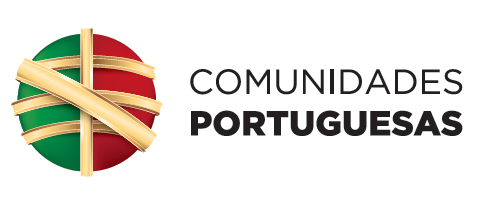by Opalyn Mok
newsdesk@thesundaily.com
IF EVER there is one culture to represent the slogan 1Malaysia, it will have to be the Baba Nyonya or Peranakan culture, given its mixed influences from the Chinese, Burmese, Portuguese, Indonesian, British, Malay, Dutch, Siamese and Indian cultures in many of its customs, particularly jewellery, clothing and food.
Michael Cheah, 57, a fifth-generation Baba, said essentially the Baba Nyonya culture is based on Chinese culture but due to mixed marriages between Chinese immigrants with local women in Malaya in the 15th and 16th Centuries, the Baba Nyonya culture evolved from a mixture of various cultures.
"The Baba Nyonyas are not pure Chinese from China but descendents of mixed marriages between Chinese immigrants and local women who may be of Malay, Burmese, Portuguese, Indonesian, Dutch or Siamese stock," he said.
Cheah, whose great-great grandfather first arrived in Penang in 1786, said his forefathers had several wives. The first wives were usually from China while the second and third wives were local women of other races.
"At that time, only the men would travel this far from China and when they are here alone, they will usually take on a second or third wife locally and adopt some local cultures, thus the birth of the Baba Nyonya culture," he said.
While the main concentration of Baba Nyonyas are in Malacca, Cheah said many of them came to Penang too and that's why there is also a community of Baba Nyonyas in Penang.
While the Baba Nyonya culture may have strong Chinese and Malay influences, most of the Baba Nyonyas are not Muslims and mainly practise faiths like Taoism and Buddhism. They also mainly speak Hokkien (one of many Chinese dialects) and Malay.
Unfortunately, this unique culture is slowly dying out with many of its customs and traditions forgotten or simply not practised.
Even the traditional 1800s Baba Nyonya clothing such as baju panjang, which bears some semblance to the baju kurung, is no longer worn but the later fashion of kebayas and sarongs are still being worn in more modernised styles.
"As we can see from the Nyonya clothing, it has Malay and Indonesian influences as the Nyonyas also wear Malay-styled kerongsang (brooches) to go with the kebayas and when we talk about kebayas, there are several different kebayas of different influences such as the kebaya rendah which originated from Indonesia but with Dutch and Portuguese influences in its design," he said.
Hand-sewn beaded shoes are also another Baba Nyonya attire, an art which is slowly dying out as not many people relish the idea of spending weeks or months sewing on minuscule beads to form a pattern on a piece of cloth which will later be used to make a pair of shoes.
Keeping Baba Nyonya tradition alive
Cheah, who also taught the art of making Nyonya-styled beaded shoes, said the Nyonyas of olden times will need to learn this skill to make beautifully hand-sewn beaded shoes to be presented to their in-laws as dowry.
"If the beads used are very small, the beadwork for a pair of shoes may take up to six months to make," he said.
When it comes to food, what is most apparent about the Baba Nyonya food is that it is a mix of Chinese favourites using local Malay spices, in particular the Chicken Curry Kapitan and Inchi Kabin.
"Food is probably the only Nyonya tradition that outlived all as there are many Nyonya food restaurants around serving Nyonya-style dishes," he said.
Baba Nyonyas' culture is not only about clothes and food as they also have their own dances and songs, in particular the Dondang Sayang song and the Inang Cina dance (dance of the hand maidens).
"The Baba Nyonya dances have of a mixture of Malay, Chinese and even Portuguese influences as we also have the joget and keroncong dances," he said.
Again, these are slowly dying out as the younger generation of Baba Nyonyas is not interested in learning these traditional dances.
His love for his own ancestry and the vibrant and colourful Baba Nyonya culture had inspired Cheah to introduce the culture to anyone who would listen to him through lectures, performances and he has even staged Baba Nyonya weddings for corporations or dinner functions.
Cheah has hundreds of Baba Nyonya costumes and items in his collection which he often showcases to the public during cultural exhibitions.
Another Baba, Peter Soon, took it to another level by taking over the late tycoon Chung Keng Kwee's mansion and turning it into a Pinang Peranakan Museum to preserve the Baba Nyonya culture.
"This culture is giving way to modern times so I decided to set up this museum in remembrance of my ancestors' culture and so that the future generations will still get to learn what the Baba Nyonya culture is all about," he said.
There are thousands of Baba Nyonya artifacts dating from the 1890s displayed at the museum and Soon will be publishing a book on his collection and writing stories of this quaint Oriental culture.
Updated: 11:50AM Fri, 28
Aug 2009
Sun2Surf, aqui.





